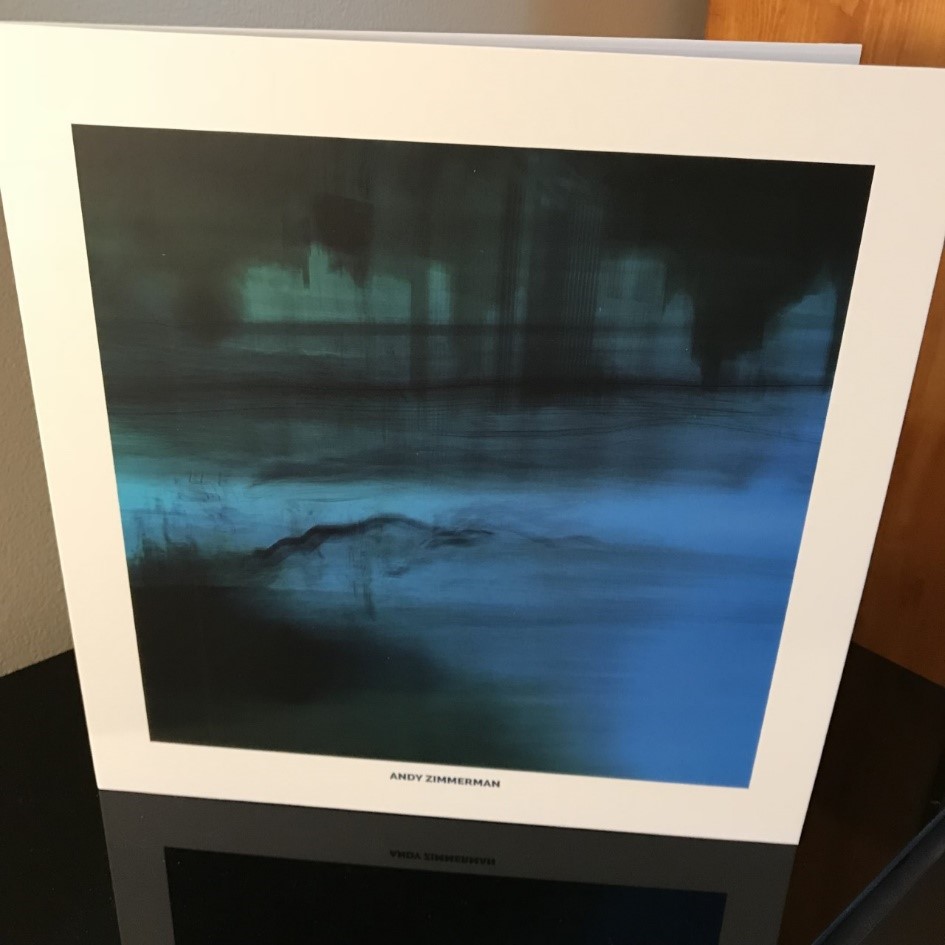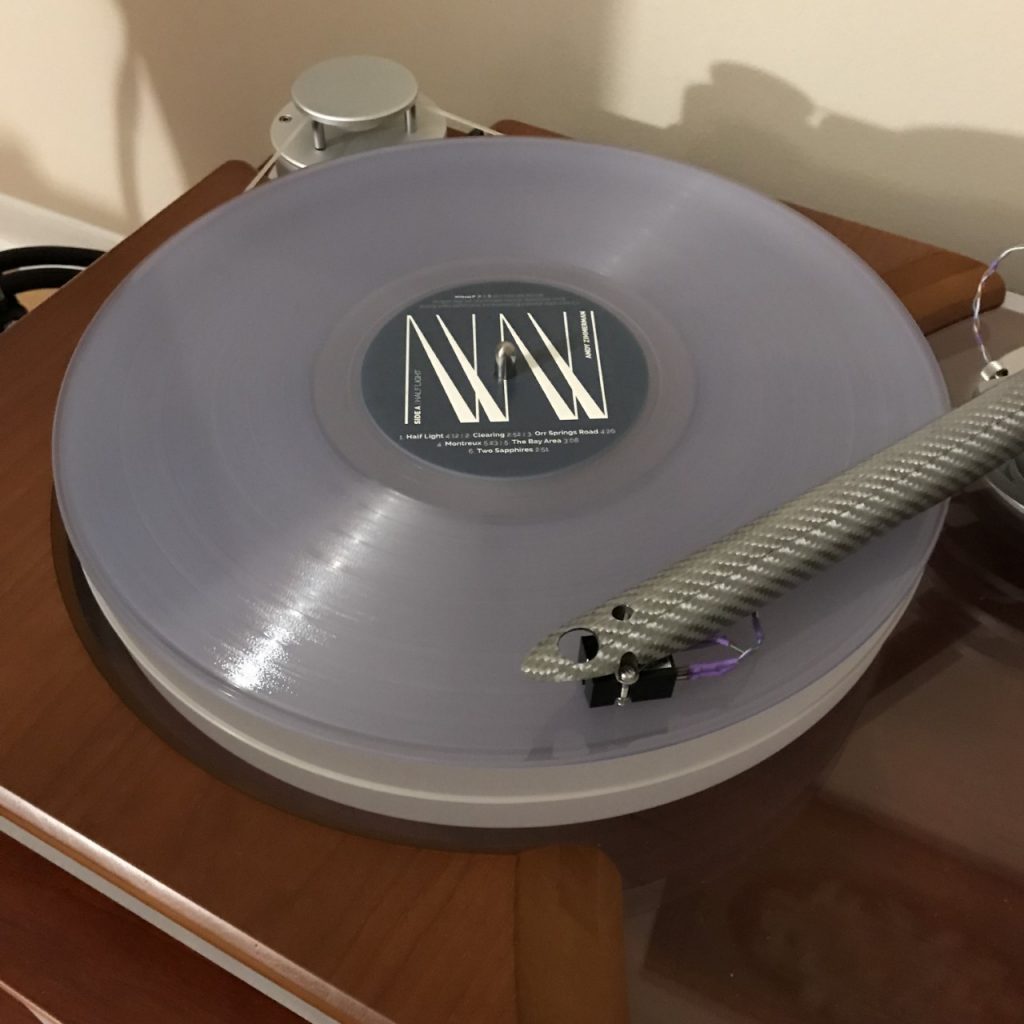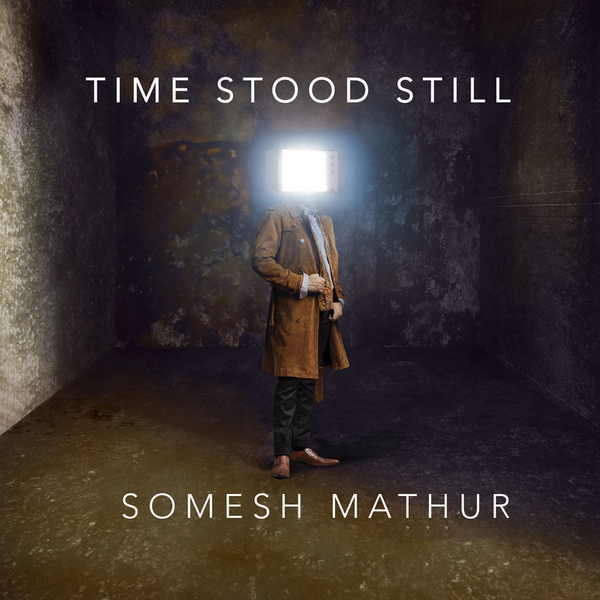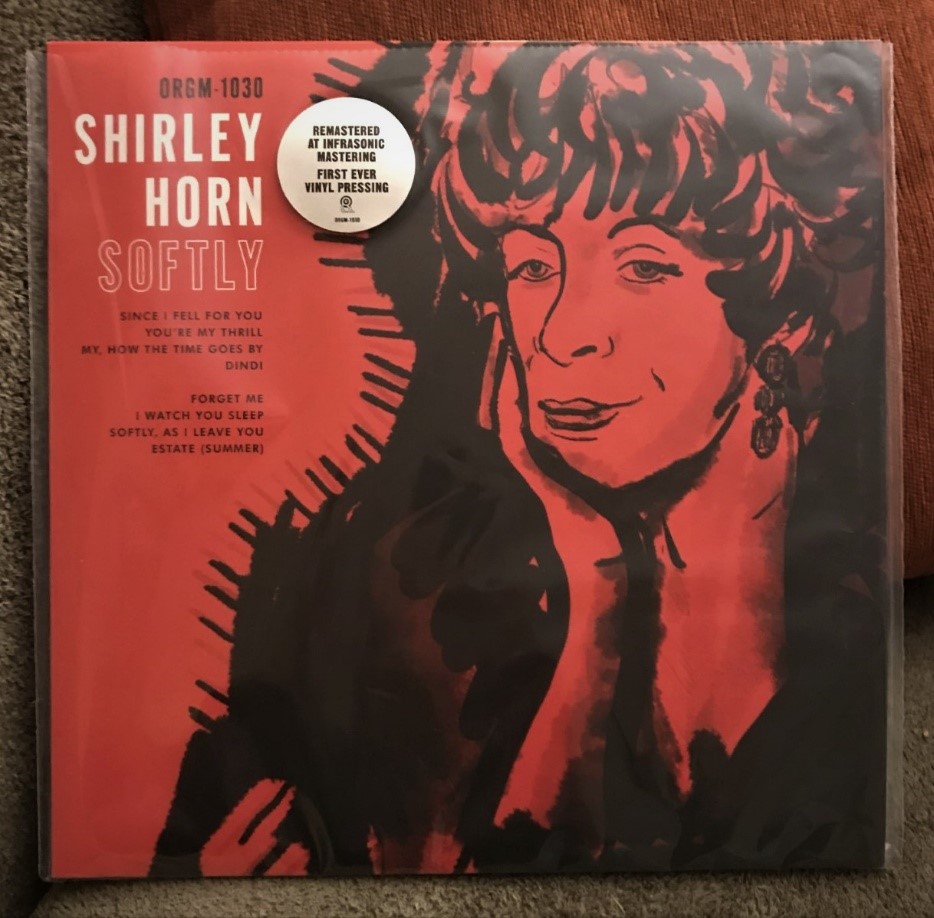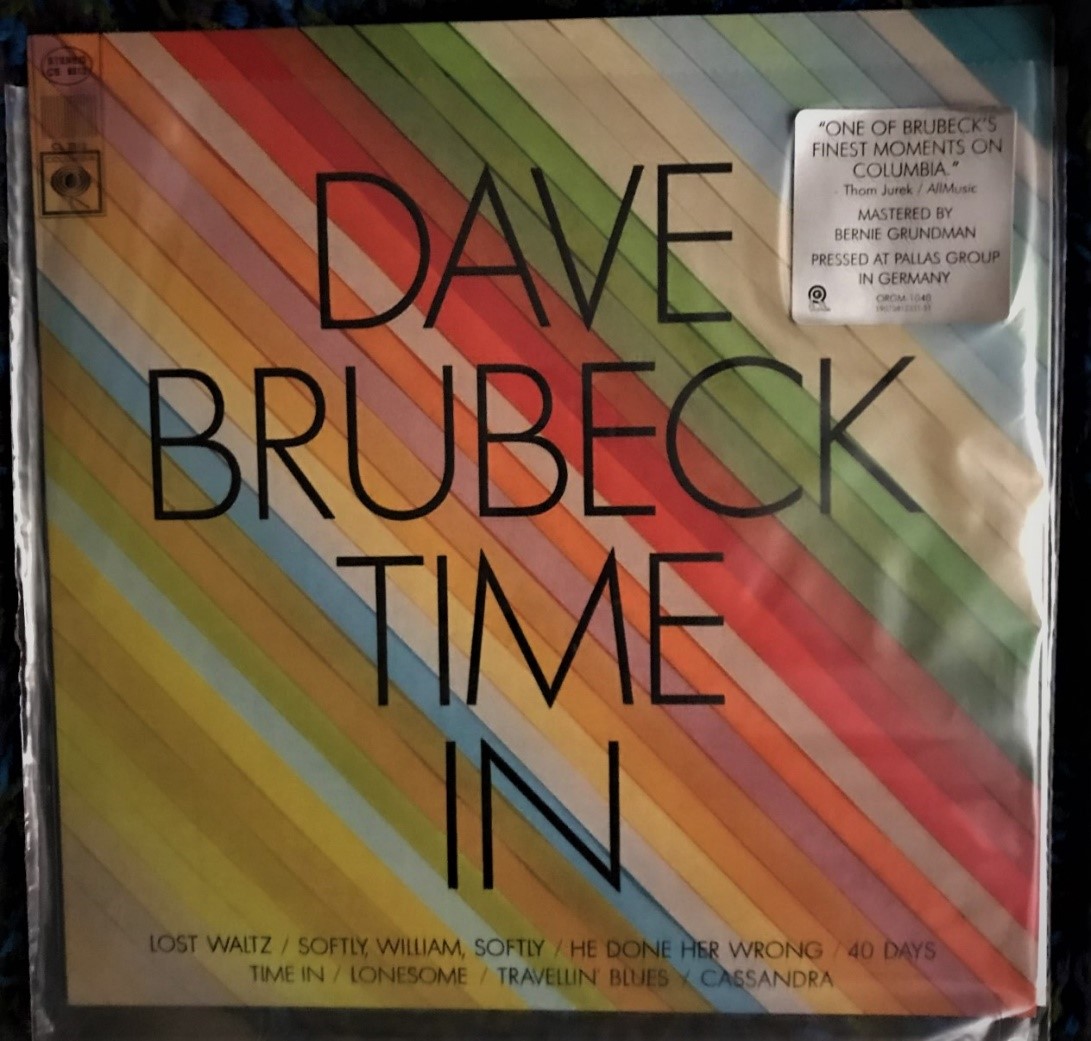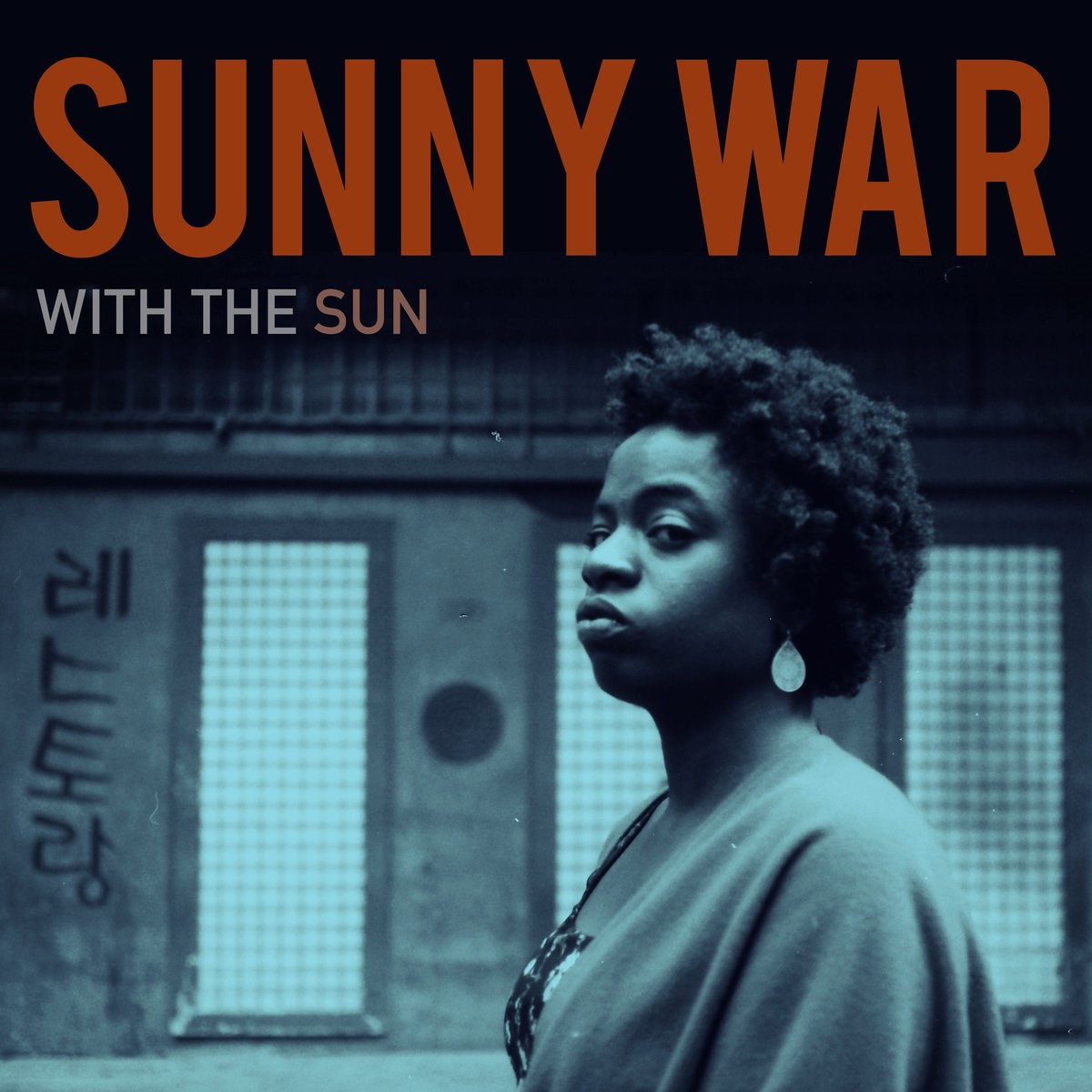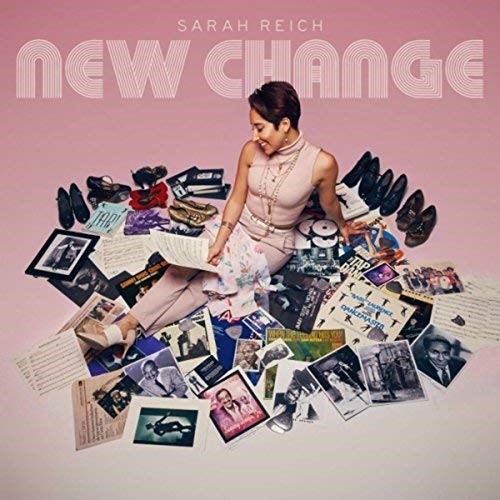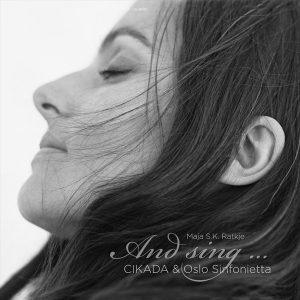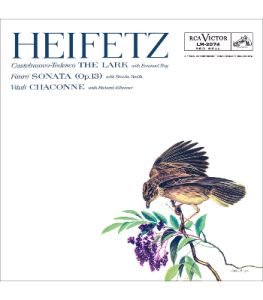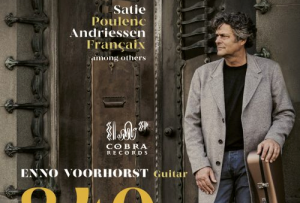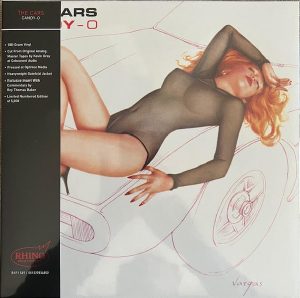Andy Zimmerman, Half Light. Newvelle Records NV014LP, LP available as part of subscription at newvelle-records.com
I came to a stunning realization about my musical tastes the other day. I was discussing Haydn with a friend, and he asked why I wasn't a bigger fan of his music. I hemmed and hawed for a while before coming up with the nebulous reason that his tone was far too jubilant for me. All of his music sounds like a procession for royalty and doesn't seem to explore emotions such as fear, sadness and anger. It's all just kind of happy and triumphant and fanciful. "I'll take a dour and depressing string quartet from Shostakovich and old day," I told my friend. He disagreed.
That's pretty much it—I like sad music. Remember that Guy Maddin film The Saddest Music in the World? I get that, even though the film is mostly a comedy. Music that makes you shed a single tear is music you carry with you for the rest of your life, right?
That pervasive sadness and longing isn't as common in jazz as it is in the world of classical music. Sure, it's there—why do you think they call it the blues?—but think about the two biggest trends in contemporary jazz right now. I'm talking about "hot Parisian jazz," which is deliberately wry and puckish, and organ trios, which are deliberately hip and surreptitious. Neither will put you deep into a funk for weeks, or at least they're not supposed to.
That's one of the many reasons why Andy Zimmerman's new LP Half Light captured my attention so abruptly. I've been listening to so much big band jazz lately, along with hot Parisian jazz and organ trio jazz and female jazz singers and generally jazz that's usually about excitement and impact. Zimmerman, however, is creating something that's not as much unique as unsettlingly anachronistic. His introverted approach to jazz quartet composition is delightfully out of step with contemporary trends because it's clear his improvisations are coming from feelings and personal experiences rather than a simple desire to show off his chops on his tenor sax. He's not interested in preserving traditions as much as simply letting the music inside of him flow out into the world.
These eleven original compositions aren't quite sad per se, but they do encourage those moments where all you want to do is stare out the window and hope for rain. The tempos are slow, and the space Zimmerman provides for his cohorts—trumpeter Dave Douglas, pianist Kevin Hays and bassist Matt Penman—is more than ample. This isn't jazz where everyone is racing toward the end of waiting eagerly for their turn to solo. Each member of the quartet is patient and empathetic and very respectful of the other gentlemen on stage. They all play as if they're quietly waiting for inspiration from the others, and when it comes they sound like they're savoring, as a team, every note that's played.
There are two remarkable things about this line-up. First, there is no drummer. That may be why the entire vibe is soft and reflective and gentle rather than punchy and uplifting. On the other hand, we have both a trumpet and a tenor saxophone sharing the same general space. Are they competitive or brash? Not at all. Douglas plays his horn with tenderness and feeling—it's been a long time since I've heard a trumpet sound so calm and yet deeply felt, even when the bell is muted. Zimmerman does take his sax to the front of the stage more than the others, but it's also surprising how he usually works with a partner to build themes rather than hog the spotlight.
Another reason why Half Light is so compelling is the sound quality of this LP pressing. It's simply stupendous. I've been making a lot of improvements in my vinyl playback system over the last few weeks, including grabbing both a PureAudio Vinyl phono pre and The Wand Master tonearm for my private use. (I'm the distributor for both, so I won't applaud too loudly here.) I've also added plenty of Furutech NCF Boosters to my system, and the most salient result is a remarkable lowering of the noise floor in my system. Half Light was the inaugural LP I played after everything was dialed in and adjusted to the nth degree, and when I lowered the needle into the groove I was amazed at the incredibly soft impact of contact as well as the incredible silence in the lead-in grooves. At first I credited everything in the set-up equally for this experience, but I have played other albums since. While each new addition contributed something tangible, there is no denying that this pressing is about as quiet as it gets.
The actual sound in the grooves is pretty special as well. As I've already implied, there's a warm and ample space between the musicians on the stage, and that allows you to hear mote than just the notes. You feel those spaces and how the notes emerge from the surfaces of each instrument, and how that sound reacts to the other performers as well as the floor and the boundaries of the room. Those human cues are plentiful as well, the sounds of fingertips, the slow and cautious breathing of the horn players and especially the woodiness in the tone of Penman's bass.
The packaging is quite impressive as well—big double-gated cover, the use of clear vinyl and even a brief essay/short story from French writer Ingrid Astier printed on the record sleeve. The entire production is first-rate, which definitely puts Newvelle on the map when it comes to getting the attention of audiophiles and record collectors. The only unusual aspect of this album is that it's released as part of a subscription series from this French label. Each year—this is the third—you pay $400 and receive a new release every other month. That's $66.66 for each record, which really isn't a lot for an LP pressing of such high quality. Your only reservation might be the thought that each release may not be as special as this one. I haven't asked Newvelle if they sell each LP individually, but there's no way to do so on their website.
That said, it all comes down to your dedication to the vinyl medium or your love of jazz. I'm not being hyperbolic by stating that this is the type of LP I would play at trade shows, along with all my original Three Blind Mice LPs and UHQRs and other unicorns, to get people into the room and ask "What is this? It sounds terrific!" From just this record alone, it might be worth taking the dive into a subscription.




